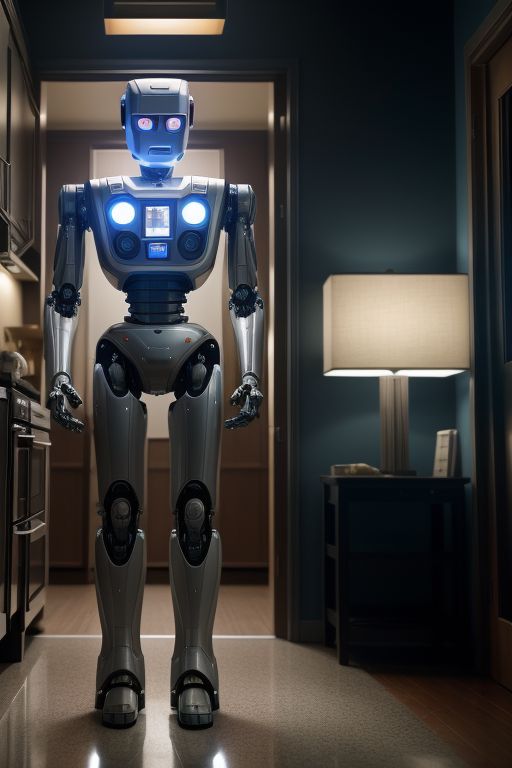In the digital age, the landscape of work is undergoing a profound transformation, driven by the relentless march of technology. At the forefront of this revolution are artificial intelligence (AI) and automation, reshaping industries, redefining job roles, and revolutionizing the way we work. As we stand at the intersection of human ingenuity and machine intelligence, it’s crucial to understand the opportunities and challenges that lie ahead in the future of work.
The Rise of AI and Automation
Artificial intelligence and automation have become synonymous with efficiency, productivity, and innovation in the modern workplace. From robotic process automation (RPA) streamlining repetitive tasks to machine learning algorithms optimizing complex decision-making processes, AI and automation technologies are increasingly integrated into various facets of business operations. This integration promises to unlock new levels of scalability, agility, and competitiveness for organizations across industries.

Impact on Job Roles and Skills
As AI and automation continue to advance, the nature of work is evolving, leading to a shift in job roles and skill requirements. Routine, manual tasks are increasingly automated, while demand grows for roles that leverage human creativity, emotional intelligence, and critical thinking. Jobs that involve complex problem-solving, strategic decision-making, and human interaction are less susceptible to automation, highlighting the importance of upskilling and reskilling the workforce to adapt to the changing labor market.
Addressing Job Displacement
While AI and automation offer numerous benefits, including increased productivity and cost savings, they also raise concerns about job displacement and economic inequality. As certain tasks become automated, workers in affected industries may face job loss or job displacement, leading to socioeconomic challenges such as unemployment, income inequality, and workforce polarization. Addressing these challenges requires a proactive approach, including investment in education, training, and workforce development programs to equip individuals with the skills needed for the jobs of the future.
Human-AI Collaboration
Rather than viewing AI and automation as a threat to human employment, organizations are increasingly embracing a paradigm of human-AI collaboration, where humans and machines work together synergistically to achieve better outcomes. AI technologies augment human capabilities, providing insights, automation, and decision support to enhance productivity and efficiency. This collaborative approach fosters a culture of innovation, creativity, and continuous learning, empowering individuals to focus on tasks that require human intuition, empathy, and judgment.
Creating a Future of Work for All
As we chart a course into the future of work, it’s imperative to ensure that the benefits of AI and automation are accessible to all segments of society. This requires a concerted effort to address digital literacy gaps, promote diversity and inclusion in technology fields, and create opportunities for lifelong learning and skill development. By fostering an inclusive and equitable future of work, we can harness the full potential of AI and automation to create shared prosperity and well-being for individuals, organizations, and communities worldwide.

Conclusion
The future of work is unfolding before our eyes, shaped by the transformative power of AI and automation. As we navigate this rapidly evolving landscape, it’s essential to embrace change, adapt to new realities, and seize the opportunities for innovation and growth. By fostering human-AI collaboration, investing in skills development, and prioritizing inclusivity and equity, we can build a future of work that empowers individuals, drives economic prosperity, and paves the way for a more resilient and sustainable society.